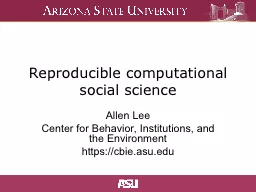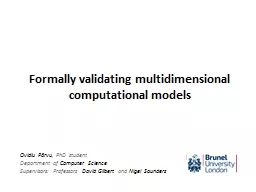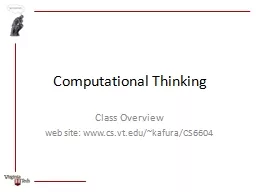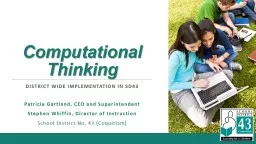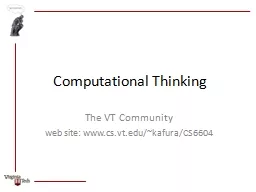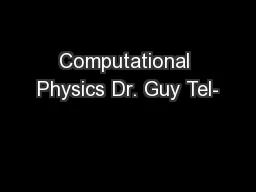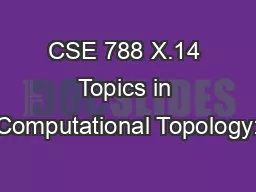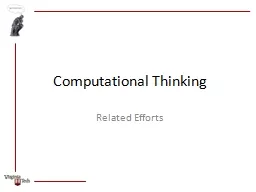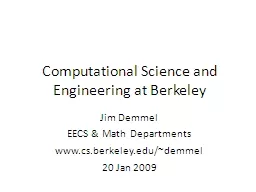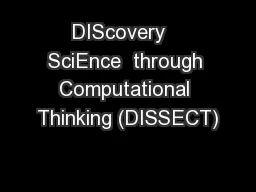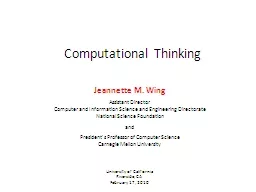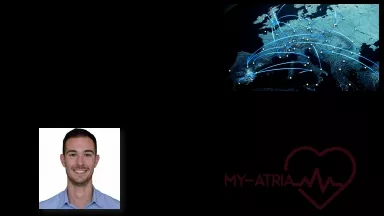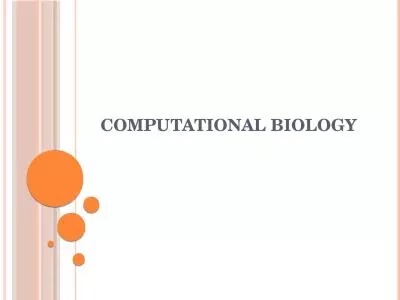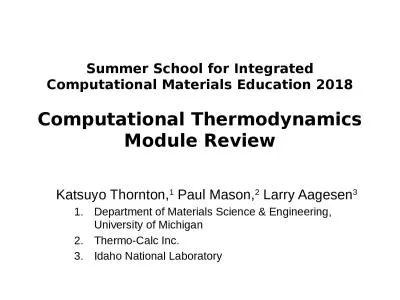PPT-R eproducible computational social science
Author : pamella-moone | Published Date : 2017-06-08
Allen Lee Center for Behavior Institutions and the Environment https cbieasuedu Computational Social Science Wicked collective action problems Innovation gt Problems
Presentation Embed Code
Download Presentation
Download Presentation The PPT/PDF document "R eproducible computational social scien..." is the property of its rightful owner. Permission is granted to download and print the materials on this website for personal, non-commercial use only, and to display it on your personal computer provided you do not modify the materials and that you retain all copyright notices contained in the materials. By downloading content from our website, you accept the terms of this agreement.
R eproducible computational social science: Transcript
Download Rules Of Document
"R eproducible computational social science"The content belongs to its owner. You may download and print it for personal use, without modification, and keep all copyright notices. By downloading, you agree to these terms.
Related Documents

